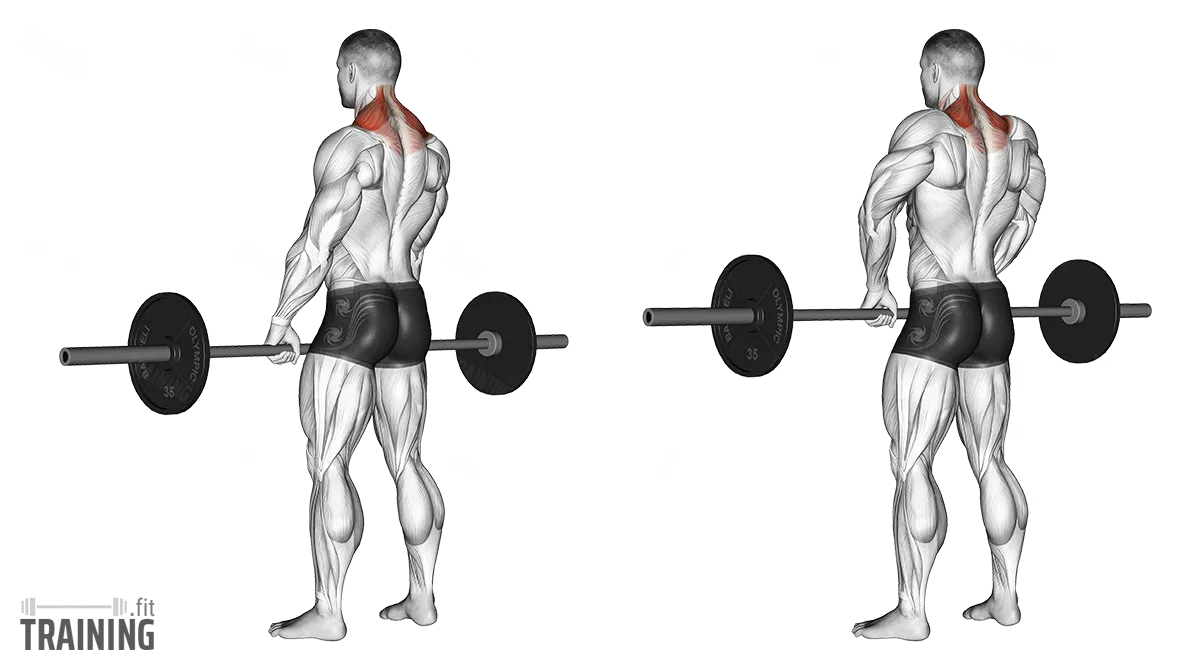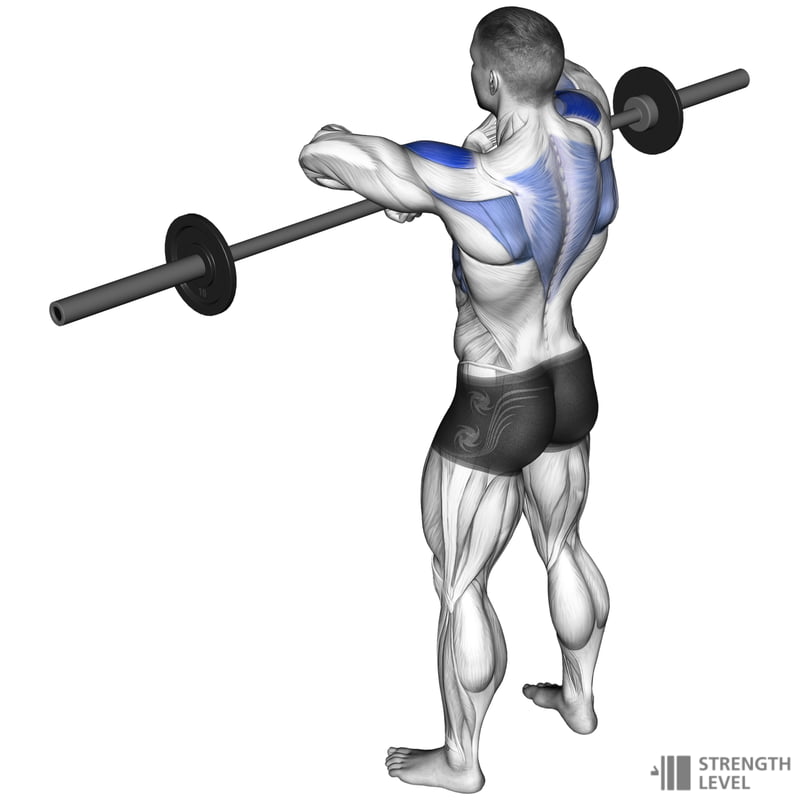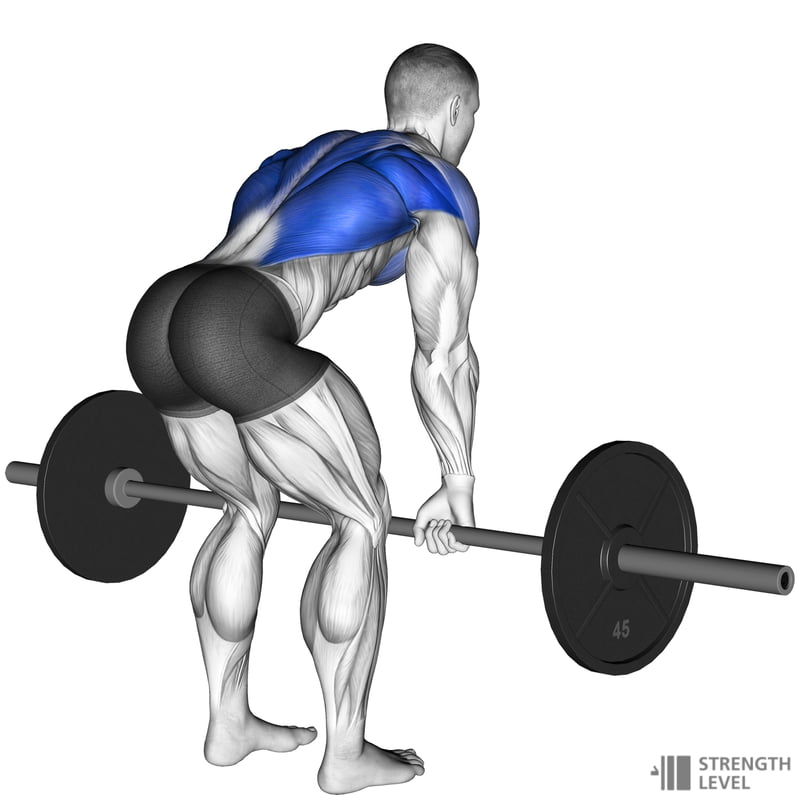
How to Pump Up Your Trapezius: A Comprehensive Guide
The trapezius muscles, commonly referred to as the traps, are essential for a strong and well-balanced upper body. These muscles span the upper back and neck, playing a vital role in shoulder and neck movements, posture, and upper body strength. Pumping up your traps involves a combination of targeted exercises, proper technique, and consistent effort. Here’s a detailed guide on how to achieve impressive trapezius muscles.
1. Understanding Trapezius Muscles
The trapezius muscle is a large, triangular muscle that extends across the back of the neck and shoulders. It has three parts:
- Upper Trapezius: Responsible for elevating and rotating the scapula (shoulder blade) and extending the neck.
- Middle Trapezius: Responsible for retracting the scapula.
- Lower Trapezius: Responsible for depressing the scapula and aiding in shoulder blade movement.
2. Effective Trapezius Exercises
To develop strong and defined trapezius muscles, incorporate a variety of exercises targeting each part of the muscle. Here are some of the best exercises:
a. Shrugs
- How to Do: Stand with your feet shoulder-width apart, holding a dumbbell in each hand. Keep your arms straight and lift your shoulders towards your ears, squeezing your traps at the top. Lower your shoulders back down slowly.
- Benefits: Specifically targets the upper trapezius.

b. Upright Rows
- How to Do: Stand with your feet shoulder-width apart, holding a barbell or dumbbells with an overhand grip. Lift the weights to your chest, keeping them close to your body and your elbows higher than your wrists. Lower the weights back down slowly.
- Benefits: Engages the upper and middle trapezius.

c. Face Pulls
- How to Do: Attach a rope to a high pulley on a cable machine. Grasp the rope with both hands and pull it towards your face, keeping your elbows high and squeezing your shoulder blades together. Slowly return to the starting position.
- Benefits: Targets the middle and lower trapezius.

d. Bent-Over Rows
- How to Do: Bend at the hips with a slight bend in your knees, holding a barbell or dumbbells with an overhand grip. Pull the weights towards your torso, squeezing your shoulder blades together at the top. Lower the weights back down slowly.
- Benefits: Works the middle trapezius and upper back.

e. Deadlifts
- How to Do: Stand with your feet shoulder-width apart, holding a barbell with an overhand grip. Bend at the hips and knees to lower the barbell to the ground, then lift it by extending your hips and knees while keeping your back straight.
- Benefits: Engages the entire posterior chain, including the trapezius.

3. Proper Technique and Tips
To maximize effectiveness and prevent injury, focus on proper technique:
- Controlled Movements: Perform exercises with controlled, deliberate movements.
- Full Range of Motion: Ensure you’re fully extending and contracting your traps with each rep.
- Avoid Cheating: Maintain good posture and avoid using momentum to lift the weights.
- Mind-Muscle Connection: Concentrate on feeling your traps work during each exercise.
4. Progressive Overload
To achieve continuous muscle growth, progressively increase the demands on your muscles:
- Increase Weights: Gradually lift heavier weights as your strength improves.
- Increase Reps and Sets: Add more repetitions or sets to your routine.
- Vary Exercises: Change your exercises periodically to target your muscles differently and prevent plateaus.
5. Nutrition for Muscle Growth
Proper nutrition is essential for building muscle:
- Protein Intake: Ensure you’re consuming enough protein to support muscle repair and growth. Aim for 1.2 to 2.2 grams of protein per kilogram of body weight.
- Balanced Diet: Include a mix of carbohydrates, healthy fats, and plenty of fruits and vegetables.
- Stay Hydrated: Drink plenty of water to support overall health and muscle function.
6. Consistency and Recovery
Building impressive trapezius muscles requires consistency and adequate recovery:
- Regular Workouts: Aim to train your traps at least twice a week, allowing for sufficient rest between sessions.
- Rest and Recovery: Give your muscles time to recover by getting enough sleep and taking rest days as needed.
- Stretching and Warm-Up: Always warm up before workouts and stretch afterward to prevent injury and improve flexibility.
Conclusion
Achieving well-defined and powerful trapezius muscles takes dedication, proper technique, and a balanced approach to fitness and nutrition. By incorporating effective exercises, maintaining a healthy diet, and staying consistent with your workouts, you can develop the strong, sculpted traps you desire. Remember, progress takes time, so be patient and stay committed to your fitness journey.
